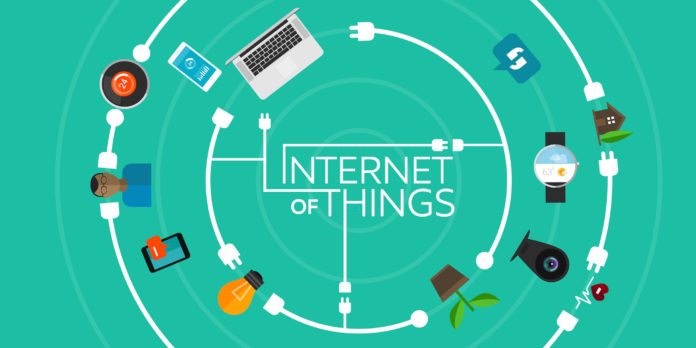The Internet of Things (IoT) has already reshaped the outlook of the 21st century for good. Given the enormous potential of this emerging trend, the applications, benefits, and challenges of the IoT were discussed at the Actualization of the Internet of Things conference organized last month in Monterey, California.
IoT is not only connecting computers, tablets, and smartphones, but everyday objects as well, such as shoes, refrigerators, wedding rings, newspapers, windows, and what not. Everything around us is seamlessly getting interconnected, and things will only get better and more exciting in the future.
With tiny, embedded sensors, the IoT empowers almost everything around to transmit information about itself to smart machines, which can then crunch the data and make intelligent decisions.
It doesn’t come at a surprise then that by 2020, an estimated 20-billion devices will be connected to the Internet and within a decade, the economic impact of the IoT could hit $11 trillion per year.
What’s making this previously only-imagined possibility a reality? One part of the answer is high-quality detectors such as cameras and chemical and bionic sensors; the other part is advances in quantum computing, enabling an exponential leap in search and optimization of algorithm speeds.
The benefits of an IoT-enabled world are unquestionable. Right from using satellite data for ensuring optimal irrigation to moving prosthetic limbs using a remote control to riding an autonomous car; the applications and benefits are far reaching.
However, while there are unimaginable benefits of the IoT, there are certain challenges too, the foremost of which is the privacy and security of data. Online giants such as Netflix and Twitter have already been hacked via unprotected devices on the Internet. Now, imagine everything you own is collecting and transmitting data and a dark shadowy figure is eavesdropping on it without you ever knowing about it. Scary!
Also, keeping the cost of IoT devices down with built-in security is not easy.
Another challenge is the insatiable and perennial power demand of IoT devices needed to transmit and crunch the gargantuan amounts of data.
Lastly, humans are not programmed to trust machines. A blown-out-of-proportion example is the global brouhaha over a couple of accidents involving autonomous cars.
In spite of these challenges, the benefits of IoT are immense and just too big to ignore. So, if you want you can go ahead and cover your laptop camera with a tape, but don’t let that shut you away from the unprecedented disruption offered by the IoT.


















